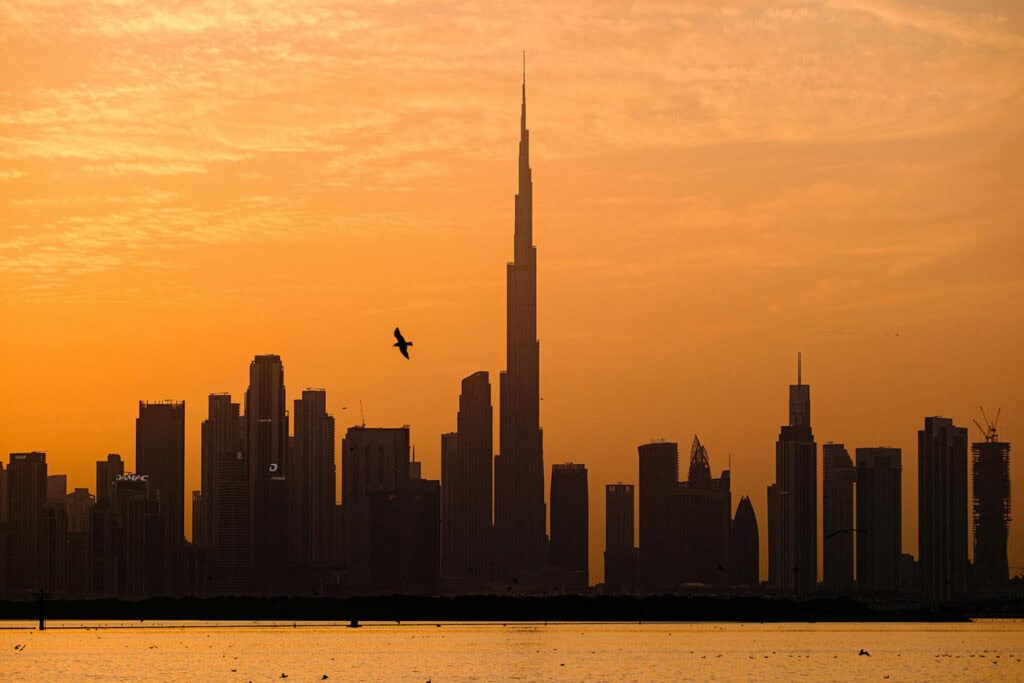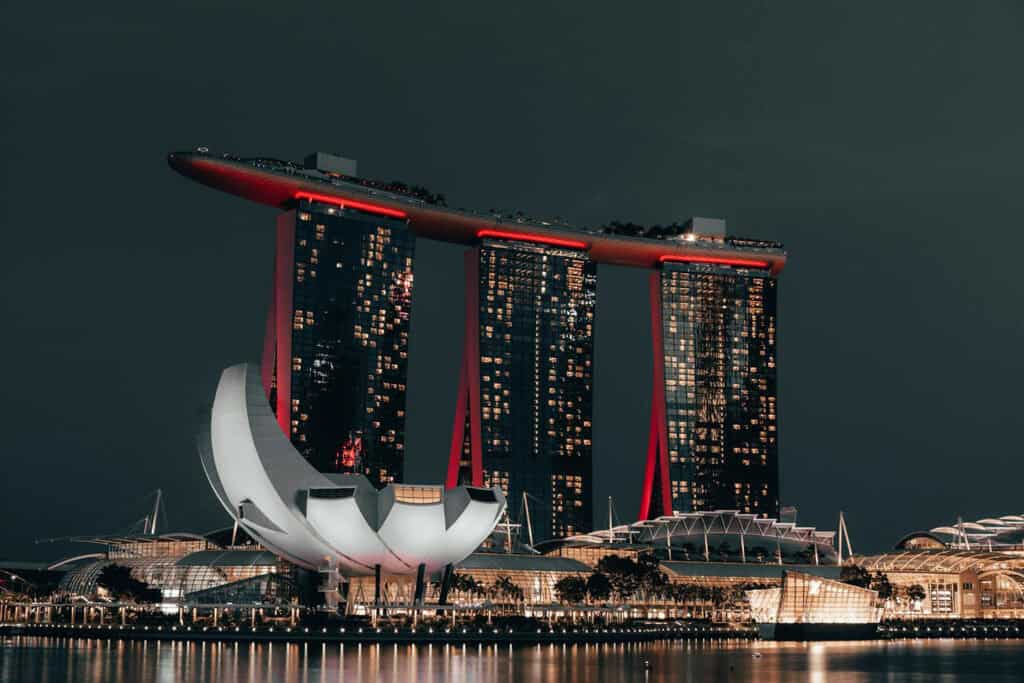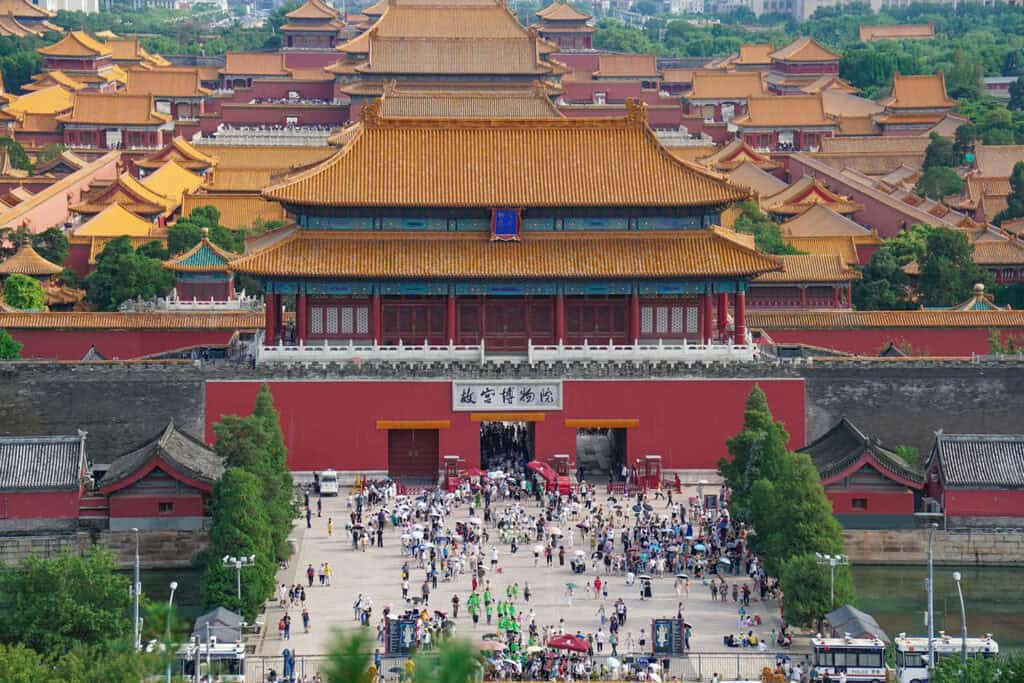



Have you ever dreamed of exploring architectural marvels that blend historical grandeur with modern innovation? Asia is home to some of the world’s most iconic landmarks, each offering a unique tour into the rich tapestry of cultural and architectural achievements across the continent.
As a travel enthusiast, architect, or culture seeker, you deserve to experience the breathtaking beauty and historical significance of these renowned structures. Navigating through such a diverse array of iconic buildings can be overwhelming, but you’re not alone in your quest for awe-inspiring destinations.
At Landmarks Architect, we specialize in uncovering the most remarkable architectural wonders of Asia. With years of expertise in cultural tourism and architectural insights, we’re here to guide you through an unforgettable journey.
In this article, we will explore:
- Iconic Buildings and Structures: Discover Asia’s most celebrated landmarks.
- Ancient and Historical Marvels: Navigate the region’s rich cultural heritage.
- Religious Architecture: Explore spiritual sites that reflect diverse traditions.
- Modern and Contemporary Wonders: Visit cutting-edge designs redefining skylines.
Ready to start a journey through Asia’s architectural treasures? Continue reading to uncover the stories and innovations behind these iconic landmarks.
Iconic Buildings Structures
Asia is renowned for its remarkable architectural achievements that showcase a blend of historical significance and modern innovation. The following structures are celebrated not only for their aesthetic value but also for their cultural and historical contexts.
These Architectural Landmarks reflect the diverse and rich heritage of the continent.
1. The Great Wall of China

The Great Wall of China is an ancient fortification stretching over 13,171 miles. While the most famous sections were built primarily during the Ming Dynasty, the construction of the wall began as early as the 7th century BC under various dynasties.
This UNESCO World Heritage site is a testament to the ingenuity of ancient Chinese engineering and represents one of the most notable examples of ancient architecture and strategic military planning.
It stands as a significant counterpart to Ancient Indian Art and Architecture, showcasing the rich historical and architectural achievements of its time.
2. Taj Mahal

The Taj Mahal, located in Agra, India, is an iconic symbol of love and architectural beauty. Commissioned by Emperor Shah Jahan in memory of his wife Mumtaz Mahal, it is made predominantly of white marble, which reflects light in stunning ways.
This UNESCO World Heritage site features intricate carvings and inlaid gemstones, highlighting Mughal architecture’s grandeur. The harmonious symmetry and elaborate gardens enhance its appeal, making it one of the most famous landmarks in the world and an exemplary piece of Famous Architecture in India.
3. Angkor Wat

Angkor Wat is a massive temple complex situated in Cambodia, originally constructed in the early 12th century. Dedicated to the Hindu god Vishnu, it later transitioned into a Buddhist temple.
This UNESCO World Heritage site is celebrated for its stunning architectural design and intricate carvings.
King Suryavarman II commissioned the structure, which is a prime example of classical Khmer architecture. The layout symbolizes an earthly representation of an ideal universe, with its central tower reflecting Mount Meru, highlighting the influence of Buddhist Architecture.
4. Burj Khalifa


The Burj Khalifa in Dubai, United Arab Emirates, reigns as the tallest building in the world, soaring to 828 meters. Completed in 2010, this modern architectural marvel exemplifies innovation and luxury.
Designed by Adrian Smith, its sleek glass and steel structure incorporates traditional Islamic elements. It hosts various amenities, including offices, hotels, and observation decks that offer amazing views of the city.
Its impressive height and design set new standards in skyscraper engineering, marking it as a key example of the Tallest Buildings in the UAE.
5. Petronas Twin Towers

The Petronas Twin Towers, located in Kuala Lumpur, Malaysia, are iconic symbols of Modern Architectural Styles. Completed in 1998, these towers were the world’s tallest buildings until 2004, standing at 452 meters.
The design is inspired by Islamic motifs, featuring a sky bridge that connects the two towers at the 41st and 42nd floors. This architectural beauty reflects Malaysia’s cultural heritage while showcasing cutting-edge engineering.
The towers have become a popular tourist destination, representing the nation’s advancement and ambition.
See Also Famous Buildings in Malaysia
Ancient and Historical

This section highlights two remarkable examples of ancient architecture in Asia, both UNESCO World Heritage sites. Each structure showcases the rich cultural heritage and historical significance of their respective regions.
6. Forbidden City

The Forbidden City, located in Beijing, served as the imperial palace for the Ming Dynasty and Qing Dynasty. This grand palace complex consists of nearly 1,000 buildings, encompassing exquisite architecture and vibrant colors.
As an important symbol of China’s historical governance, it reflects the intricate hierarchy of imperial power.
The site is home to the Palace Museum, which houses numerous artifacts and artworks. Designated as a UNESCO World Heritage site, it attracts millions of visitors annually and stands as one of the most famous landmarks in Asia, representing notable Famous Architecture in China.
7. Himeji Castle

Himeji Castle, situated in Hyogo Prefecture, is one of Japan’s most stunning examples of feudal architecture. Known as the “White Heron Castle” due to its elegant white exterior, it exemplifies the beauty of Japanese castle design.
Originally built in the 14th century, Himeji Castle has survived numerous wars and disasters, retaining much of its original structure.
Recognized as a UNESCO World Heritage site, it is a significant cultural symbol and a must-visit destination for those interested in Japan’s rich history. Its well-preserved fortifications and stunning gardens make it one of Asia’s most famous buildings, representing notable Famous Architecture in Japan.
See Also Famous Buildings in Japan
Religious

Asia is home to some of the most remarkable religious architecture in the world, reflecting diverse cultural and spiritual heritages. The following sites are integral to their respective traditions, offering insights into the artistry and significance of religious structures in the region.
8. Shwedagon Pagoda

The Shwedagon Pagoda, situated in Yangon, Myanmar, is a sacred site for Buddhists and a symbol of national pride. Its golden stupa, towering at 99 meters, is adorned with intricate carvings and precious jewels, reflecting its spiritual and cultural importance.
Legend has it that the pagoda houses Buddhist relics, making it a focal point for pilgrims. Visitors can witness the daily rituals performed by devotees, providing a profound experience of Burmese Buddhism.
9. Tiger’s Nest Monastery

Perched on a cliff in the Paro Valley of Bhutan, the Tiger’s Nest Monastery (Paro Taktsang) is a stunning Buddhist temple that offers breathtaking views. Founded in the 17th century, this sacred site is notable for its unique architecture, blending harmoniously with the surrounding landscape.
The site is steeped in legend, associated with Guru Padmasambhava, who is believed to have meditated there. The journey to the monastery involves a challenging hike, rewarding visitors with both spiritual enrichment and vistas of the lush valley below.
10. Bibi Khanym Mosque

The Bibi Khanym Mosque in Samarkand, Uzbekistan, stands as a testament to the grandeur of Islamic architecture. Built between 1399 and 1404, it was once one of the largest mosques in the world.
The temple complex showcases stunning tile work and majestic domes, reflecting the artistry of the Timurid period.
The mosque was commissioned by Tamerlane to honor his wife, Bibi Khanym. Despite undergoing restoration, it retains its historical significance as a central place of worship in the ancient city of Samarkand.
Modern and Contemporary

Modern and contemporary architecture in Asia showcases innovative designs and technological advancements. Notable examples include the Marina Bay Sands in Singapore and the Tokyo Skytree in Japan, both of which redefine their city skylines and offer unique experiences to visitors.
11. Lotus Temple

The Lotus Temple in Delhi, India, is a striking example of Bahá’í architecture, known for its flower-like design. Completed in 1986, this temple emphasizes unity and inclusiveness, welcoming people of all faiths. Its nine-sided structure, surrounded by serene gardens, encourages reflection and meditation.
The temple’s design is a blend of modern architectural styles, demonstrating how spirituality can harmonize with contemporary design principles. Regular gatherings and prayer sessions helps a sense of community and peace.
12. Marina Bay Sands

Marina Bay Sands is an iconic landmark in Singapore, renowned for its futuristic design and three interconnected towers. Completed in 2010, the structure features a distinctive rooftop SkyPark that offers panoramic views of the city and the waterfront.
The architectural style combines modernism with luxurious elements, and its designer, Moshe Safdie, aimed to create a mixed-use development that integrates a hotel, casino, and entertainment facilities.
The shimmering glass facades reflect the vibrant atmosphere of Singapore’s skyline, making it a favorite popular tourist destination.
13. Tokyo Skytree

Tokyo Skytree stands as the tallest building in Japan and the second tallest in the world. Completed in 2012, it reaches a height of 634 meters.
This remarkable structure serves as a broadcasting tower and a popular observation deck, attracting millions of visitors each year. Designed by the architectural firm Nikken Sekkei, its sleek and modern aesthetic draws inspiration from traditional Japanese pagoda design, symbolizing harmony.
The base of the tower features a wide, stable structure that tapers as it ascends, creating amazing views from its observation points. Visitors can enjoy breathtaking panoramic vistas of Tokyo and beyond.
see Also Tallest Buildings in Japan
Famous Architecture in Asia: A Recap
Exploring Asia’s architectural landmarks reveals a rich tapestry of historical grandeur and modern innovation.
From the timeless elegance of the Taj Mahal and the Great Wall of China to the cutting-edge designs of the Burj Khalifa and Marina Bay Sands, each site offers a unique glimpse into the continent’s diverse cultural heritage and architectural prowess.
Whether ancient temples or futuristic skyscrapers, these iconic structures illustrate how historical significance and contemporary design can beautifully coexist, inviting you to experience their profound stories and remarkable innovations.










